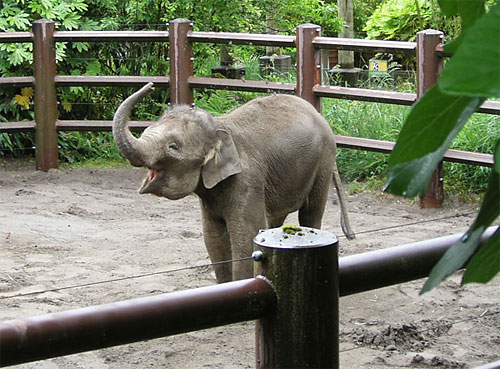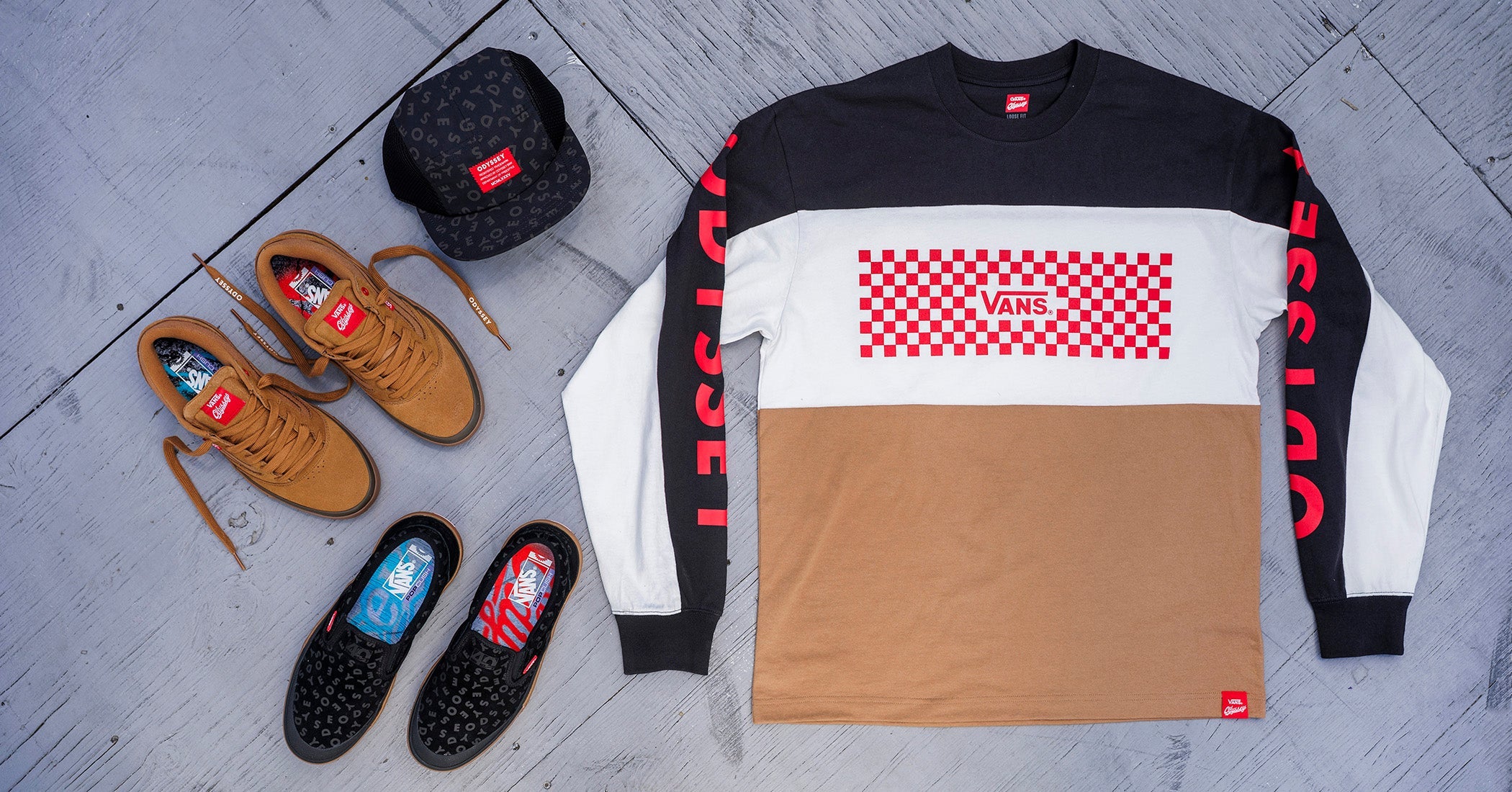How tight is tight?
*This article first appeared in Ride UK (#87) and is reproduced here by kind permission of Ride UK.
People like Jeremy Clarkson often talk about torque. Unfortunately they either just quote a number or skirt right past it like it is this incredibly difficult concept to understand. The truth is that torque is very simple to understand. Time for another dumb simile… (hard to believe that that is really how you spell simile but I cant think of anything better so lets go with it)
Suppose you go down to the playground with your pet elephant and want to play on the see-saw together (happens all the time I know). Well, as long as you go to the elephant-specific playground you can stick “Trumpy” on one end of the see-saw which immediately puts the other end right up at the top. So you climb up on your side and nothing happens. Sure you can get Trumpy to kick off from the ground to get things going, but he will just drop down again super fast and bruise his bum while you get hefted into the air again. No fun for Trumpy. Being a rainy day there are no other people in the park for you to get on your end, so you shout to Trumpy to move up towards the pivot more. As Trumpy moves nearer the middle of the see-saw things improve, until finally you reach a point of balance. Now you can see-saw gently up and down to your hearts content before heading home for tea and buns…

THAT is torque.
A shorter, less elephant-based way to describe it, would be “turn-y force”.
More technically it is, force times distance (from the pivot). So if Trumpy’s weight applies a force of 10,000 Newtons (1000kgs-ish, quite svelte for an elephant) 1 metre from the pivot (centre) of the see-saw then he applies a torque of 10,000 Newton meters. So assuming you apply a force of 1000Newtons (you weigh 100kgs?!? you fat bastard!!!) then to apply a balancing torque of 10,000Nm you need to be 10 metres from the pivot (thank god for elephant-specific playgrounds). This is called “mechanical advantage”.
In BMX we are more usually talking about tightening bolts and nuts. We use a spanner or an Allen key and put a force on the end to turn it. From the above bollocks, we can see that we have a choice between putting a huge force on a short spanner or a much smaller force on a longer spanner. If your spanner is twice as long you only need half the force on the end to achieve the same torque.
However what most BMXers have a tendency to do, is use an extension bar to double or triple the mechanical advantage AND heave all their strength on the end.
Nothing is infinitely strong. Everything has its limit. If you apply a big enough torque to any nut or bolt, then eventually something has to give. The bolt might snap, stretch or rip the thread out of it’s hole. The head might round off or out. Or the component it is fixed to might crack or bend.
It is therefore pretty important to have at least a rough idea of how tight we should do up the various nuts and bolts on our bikes.
Ideally we would all rush out to buy torque wrenches, and manufacturers would mark every nut and bolt with the correct tightening torque for optimum performance. A torque wrench lets you pre-select a torque and when that torque is reached then it makes a little click noise and you know to stop; so with each bolt you would look up it’s torque rating in the instructions, then set your torque wrench and bob’s your uncle, perfect.
Realistically this isn’t going to happen is it? But even if it did there would still be problems. Because we donÕt actually care about the tightening torque do we?
Hang on George what are you on about? I just read all this crap up to here and now you are telling me it’s irrelevant? Sheffield’s not too far for me to come up and smack you you know!
OK just give me a minute, and with luck you will see what I am getting at.
What we actually care about is the tension in the bolt. The bolt’s job is to hold two (or more) parts together, and this is down to how much force it is pulling together with. Now with a perfectly lubricated and machined bolt, in a perfectly lubricated and machined hole there IS a direct correlation between the tightening torque and this tension, but who has a perfectly lubricated bike?
So if you try to tighten your badly lubricated brake-boss-bolt into your slightly rusty old frame, with your brand new torque wrench set to the perfect pre-set torque, then chances are it wont be tight enough. Lots of your torque will be lost overcoming the rough-ness of the thread.
This is why you have to use your judgement. So after all this mumbo-jumbo (emphasis on the jumbo Waddy, emphasis on the jumbo) what I am telling you to do is make a guess. If a bolt feels stiff then it is likely to need a little more torque than if it feels smooth.
Either way the chances are that right now you have a tendency to over do it. A lot. MOST people do MOST bolts up WAYYY too tight. Do up a brake-boss bolt and it should only need the slightest of nips to stop the springs slipping, keep adding pressure and you are very likely to distort the brake boss on the frame, this leads to binding brakes and a lot of headaches. The only solutions to this once it happens, are to really know what you are doing and tickle the boss back to shape or to get a new frame. So for f***’s sake go easy on them. Do you round out the heads of the allen bolts on your stem? Chances are you are overtightening (or using the wrong size allen key, or both). Stems are tricky buggers. What works perfectly for one rider can seem like junk to another and the difference is very subtle. Stems absolutely rely on being clean and having good knurling on the bars to work well. When holding a pair of bars we have a huge mechanical advantage over the stem so good grip is essential. The coefficient of friction between the bars and the stem is much much more important to the overall situation than how tight you do the bolts. More than a tiny waft of paint on the knurling will spoil the grip immesurably so burn or scrape it off if you can. It is vital that you grease the stem bolts but you really don’t want to get any of this grease onto the bars or the clamp area of the stem. Once a stem has slipped once, don’t just try to re-tighten it more. That knurling slipping inside the stem will have shaved off fine bits of aluminium that can act like ball bearings, if there is grease in there too then no amount of tightening will get it to grip very well. So take it all apart and clean everything up. The same goes for the other end of the stem. Grease is vital to the smooth working of your headset but you really don’t want ANY on the steerer-tube or the stem at the point where they meet. Having said all this, you still need to tighten most stems down pretty tight, but if you are having to resort to an old seatpost on the end of the allen-key then something is fundamentally wrong…
Some things DO need to be very tight and these are usually obvious because they use a hexagonal head or flats so you can get a proper spanner on, instead of a poxy little allen-key. Wheel nuts and pedals are two good examples. Clicking from cranks is often due to insufficiently tightened pedals, just make sure you lubricate the threads well so that your precious torque goes into useful tension. Wheel nuts can be a pig. Ideally we want them super tight to prevent the wheel slipping in the dropouts, but the difference between nice and tight, and a bunch of stripped threads, can be a very fine line. Again, keeping the grease and crap off the dropout will help prevent wheel slippage but generally this is just something you need to get used to.
Probably the most important, and most overlooked are spokes. There are probably between 72 and 96 of these on your bike, and while it may seem like a ball-ache, you really NEED them all to be nice and tight all the time. To judge the tension, grab a bunch of spokes and squeeze them in your hand. As the spokes start to dig into your hand painfully they should only have moved a couple of millimetres each. If they move more than this then go read the old tech column on wheel truing and get busy, it isn’t rocket science and it will make a huge difference to the feel and the life-span of your wheels.


